The monard is a beautiful herbaceous plant with motley flowers and a pleasant citrus aroma. Such a culture can not only decorate a flowerbed or flower garden, but also use it as a medicine or culinary ingredient. On landing the monards and caring for her in the open ground, find out of our article.
Types and varieties of monards
The monard belongs to the genus of Clanotkov, she came to European countries from North America. Culture has several different names: lemon mint, American Melissa or Monard Bergamot. This plant is annual or perennial, blooms with white, yellow, red, purple or pink boutons. During flowering attracts a lot of bees, because it is a good honey.
Several types of monards are common in our latitudes:
- Monard swords, it is a tubular - a long-term culture that grows up to 120 cm in height. During flowering, it produces pinkish-lilac-shaped buds, the smell of which is something like a chamber. The breeders of Russia brought the dwarf variety of the monards of the monarda, calling him "Victoria".
- The monarch point belongs to the annuals. Its decorative qualities are not so much in flowering, but in a beautiful foliage painted in a salmon shade. The smell of this species is rescued, because of which the culture has deserved the name of horsephas. The height of its stems reaches 80 cm.
- Monard twofold - the average perennial with a height of stems up to 80 cm. It blooms with saturated red or purple buds, the smell of which contains bright citrus notes.
- Monard lemon is an annual view. Stems are growing at about 90 cm in height. During the flowering period, they are covered with purple or lilac small boutons. She received his name because stems, leaves and flowers themselves have a strong lemon smell.
- The hybrid monard is a mixed view, obtained by crossing the monard twin and swarm. It blooms with all sorts of shades, ranging from white and ending with dark purple.
If we consider the world's most popular in our country, then it is worth highlighting the following:
- "Punk Croft" - a variety, loved by gardeners for shadowness and abundant flowering. The flowers in this monard are painted in a pinkish-lilac shade. The culture not only adorn the flower beds, but also cut stems for bouquets.
- The Mahagony grade is distinguished by beautiful rich-red flowers with twisted petals. This plant blooms early and pleases the eye to the first frost.
- Monarda variety "terry fairy tale" - a perennial with a good frost resistance. At high stems during flowering, violet buds are blooming, which smells quite strongly, and in their aroma they can catch mint notes. This variety is a good honey, used as a drug and culinary ingredient.
- Monard Variety "Scarlett" - a perennial plant with high, up to 90 cm stems. Flowers relatively long - in July-August. Also is a good honey, which is why it is recommended to plant it on vegetable beds. It blooms a saturated red shade buton, the size of them reaches 7 cm in diameter.
- Monarda "Mona Lisa" is an annual grade and in our latitudes multiplied only by sedale. Unpretentious to the composition of the soil, blooms with small buds.
- The variety "Cytoder Harlequin" has compact bushes at 30-35 cm in height. During the bootonization, they are covered with small flowers of a lilac shade, smelling bergamot. It is used in cooking as a spice, has good decorative properties.
Monard, photo
Planting the monards of seeds
The monard is often grown out of seeds, and in the warm climate, in southern latitudes, they sow them directly into the soil in February. During February-March, while the cold is standing, the seeds in the ground are stratified, that is, they are hardened. By April, they become strong sprouts, all further work is to have thinned.
Describing the process of sowing seeds like this:
- Choose a plot for growing the monards and detect snow there. For a while, take the land with a film. Choose a tight sunny days so that the soil can warm up under the film.
- After removing the film, burst the ground, immediately adding a little sand into it. The seeds of the monards are also mixed with sand in a 1: 4 ratio.
- Place the grain and sprinkle with a thin layer of sand. Plant culture to a depth of 2.5 cm.
- The monard can be sowed in the autumn months, collecting seeds from plants. Spring sprouts will need to dive, and already a year later, the culture will delight you with its flowering.
The landing of the seed of the monard in the middle lane is held from May to July. The plot with seedlings for 3 weeks is covered with a film, which is periodically removed for a while to pour and ventilate the plants. A year later, the sprouts can be transferred to the flowerbed, for them intended. Between bushes observe a distance of 50-60 cm.
The reproduction of the monarda shot
Where the climate is cool, culture is better grown by a seaside. Here are the subtleties of this process:
- Seeds at seedlings are planted in the last days of February or in the first weeks of March. Grains are bought into the ground, fastened to the containers for vegetable seedlings. Then the earth is covered with film and put in a warm place with a constant temperature at 20 ° C.
- After a couple of weeks, sprouts will appear in containers. They need to be able to grow up within 20 days, and then dive and sear into the cups.
- Before transferring seedlings to open soil, they need to be fired by nitrogen filtering 2 times.
- You can transplant plants on the flower, when you see 3 pairs of real leaves on the stalks. In open soil, the sprouts are well watered immediately after the transplant.
The seaside method of cultivation allows you to get blossom in the current year.
Selection of the area and the preparation of the soil for the cultivation of the monards
We will deal with what land is a culture love and how to prepare it correctly:
- The monard does not like acidic soils. If you are such land on your site, lime it. The plant also prefers light soils.
- Ground in bed for monards are prepared from autumn. It is digging, choosing weeds along with roots, make feeding. On 1 m² of the site is added 2 kg of peat, 3 kg of humus, 20 g of potash salt, 40 g of lime and 50 g of superphosphate.
- In the spring before planting the ground, loose and brought in not another 30 g nitrogen fertilizers.
Choose a place for the monarda should consider such recommendations:
- First of all, the size of the bush should be taken into account. As a rule, medium dimensions are 80 cm in height and 50 cm in diameter. Therefore, to plant the monard should be with an interval of 35 cm.
- Culture is not light-friendly, prefers shaded places. It is desirable that they are not blocked by drafts.
- Many gardeners practice the cultivation of the monards on the beds with vegetables, since the plant is a good honey. In addition, the proximity of vegetable crops with Monary favorably affects the taste qualities of crops.
Care for monarch
Culture is considered unpretentious, because the care of it is very simple:
- Watering bushes needed 2 times a week, but in the arid summer and with a strong heat it is better to irrigate the plants every day.
- So that the water quickly did not evaporate from the ground, it is worth mulching a soil on flowerbed with Monary. The mulch uses a humor or wood chips.
- Weeding is a prerequisite condition. Wearing plants not only spoil the decorative view of the flower garden, but also take nutrients from the monard.
- The land on the flower should sometimes loose, so that the roots "breathe" with oxygen. Please note that looping must be taken carefully, so as not to hook the gentle roots.
- Fertilizers feed the monaard quite often, starting from the moment of transplanting and ending in late autumn. After transplanting to the ground, complex mineral compositions contribute, after 3 weeks make organic feeding. Then 2 times a month, the monard fertile to Kemira or Agrikol.
- When growing many years of monards, it must be transferred to a new place at least 1 time in 5 years.
- Perennial grades also need to prepare for wintering. In the warmth climate of the southern regions, the bushes are left uncontrolled until spring, often even no shelter. In the middle strip in the fall, dead stems are cut off, and then cover the monazhnik or dry foliage.
Methods of breeding monarchs
Varietary and species crops are breeding the division of the bush to preserve decorative features. We describe the subtleties of this process:
- To share a bush is 3-4 years old. The procedure is carried out in April, when it is already quite warm or in September.
- I dug up from the ground, with the roots wash off the ground with running water, and then the plant is separated into several parts, approximately the same in size.
- Slices are disinfected with the help of rotten coal.
- On the site, pits on the landing and seed the decene on them. After a couple of years, they will reach a meter in diameter, therefore, it is necessary or immediately observed the required distance, or subsequently transplant bushes on a more convenient place.
Sometimes the mona brain is breeding. Do it like this:
- The cuttings are cut from green shoots, the length of each such segment should be about 10 cm. The procedure is carried out before the start of the bud.
- From the cuttings, the lower sheets are broken, and the upper cut by one third.
- Large river sand is poured into the containers, pour it out and bang.
- Top of the tank is covered with spunbond and put in a dark place for 2-3 weeks, during which the roots should appear.
- Pereparing cuttings on the flowerbed in the second half of summer.
Diseases and pests of monards
- Most often, the monard suffers from pulse dew. As a rule, this ailment is observed with insufficient watering, so it is important to regularly irrigate the culture. To cure a plant from pulse dew, it is possible for this cow's milk. It is stirred with water in proportion 1: 8 and irrigate bushes from the spray gun. By the way, such manipulations can become good prevention of the disease.
- Sometimes, very rarely, the monard can be amazed with rust or tobacco mosaic. But with proper care, adult bushes almost do not hurt.
- The monard's pests are practically not terrible, since the high content of essential oils and the pronounced fragrance of them simply scare them.
Using the monards in landscape design
- The bright shade of the monard buds allows its main plant in the flower arrangement. Not all cultures can get along with it, because the gardeners advise the chamomiles, anemones, phlox, asters, dolphinium or echinacea as companions.
- A flower garden with Monary can be arranged in a steppe style. To do this, it is necessary to supplement it with an Irovel Derbennik, Echinacea, Virginian sizeshey. As a background for the motley buds, cereals are perfectly suitable.
- Field-style floweruba can be created with the help of monards, bells, car-shaped clocks, astilbas and clocks.
- If you have a round-shaped flower bed, put the monard in its very center, and it is better to take part of the wall near the wall near the wall.
Medicinal quality monards
- The monard is considered a useful product for the digestive tract, so it is often used as a spice.
- The plant contains an antiseptic substance - thymol. Therefore, it is possible to apply a decoction of culture for rinsing the oral cavity.
- It has a monard in its composition and essential oils that are useful in respiratory diseases.
- Plant decoction is used as a wind turbulent and immunomodulatory agent.
- The foliage of the monard is also very useful because it has the ability to disinfect and heal wounds. The torn sheet of the monards was washed and crushed, so that the juice was separated, and then applied to the wound.
- The monarchs stalks and canned food, so that they were kept longer and did not deteriorate.

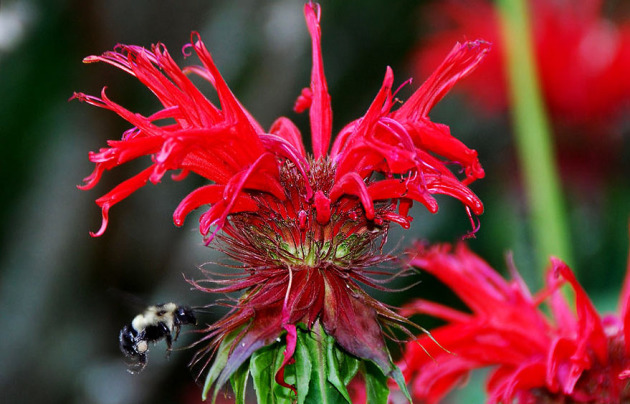

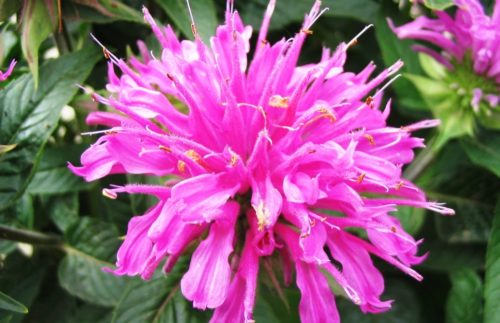
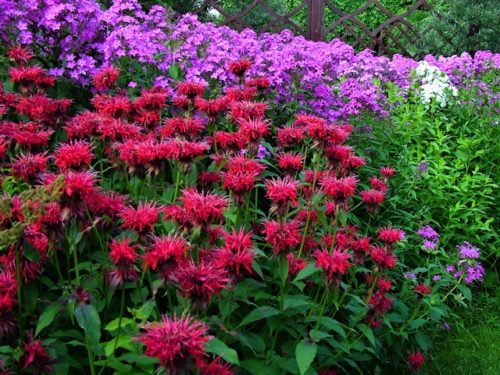
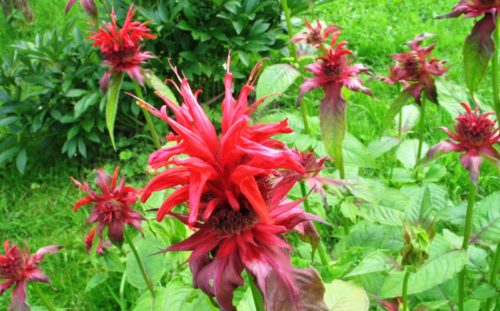
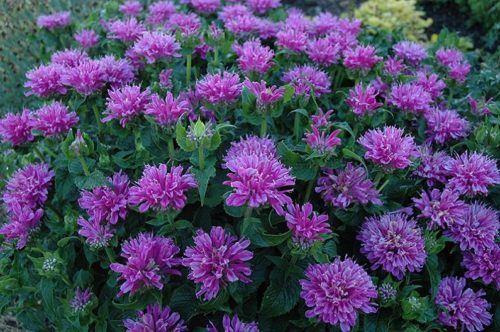
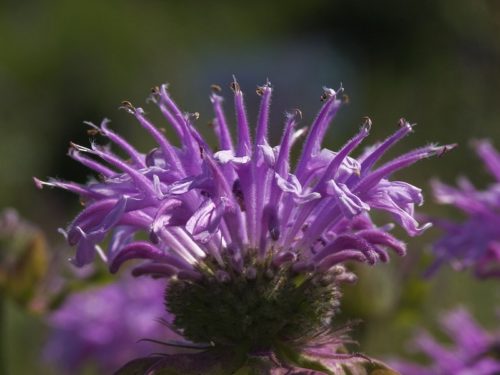
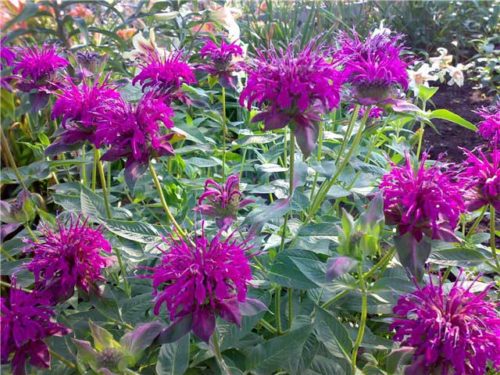
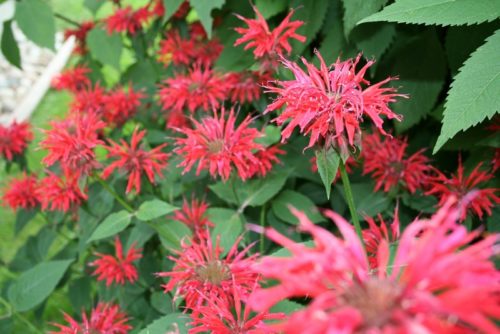
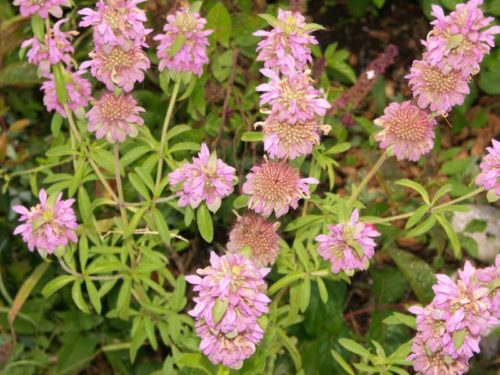
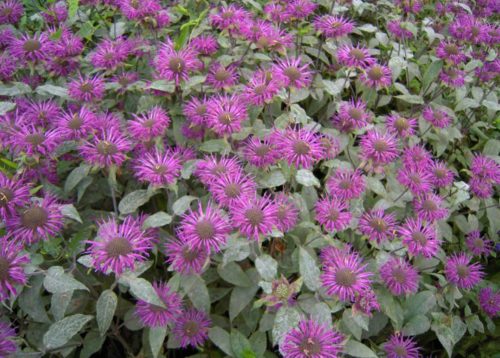
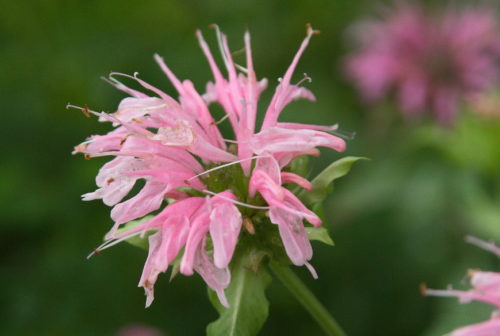
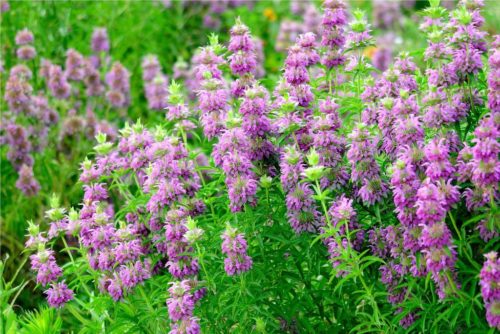
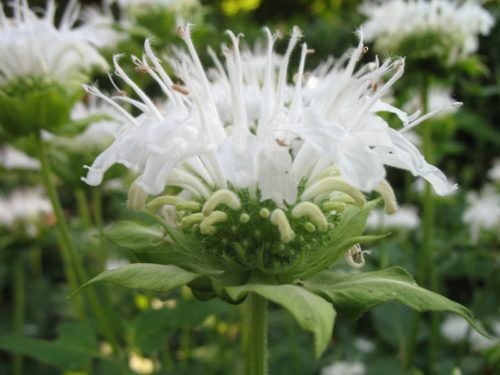
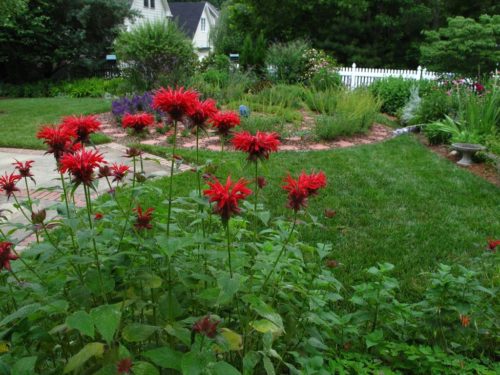













 Start a discussion ...
Start a discussion ...